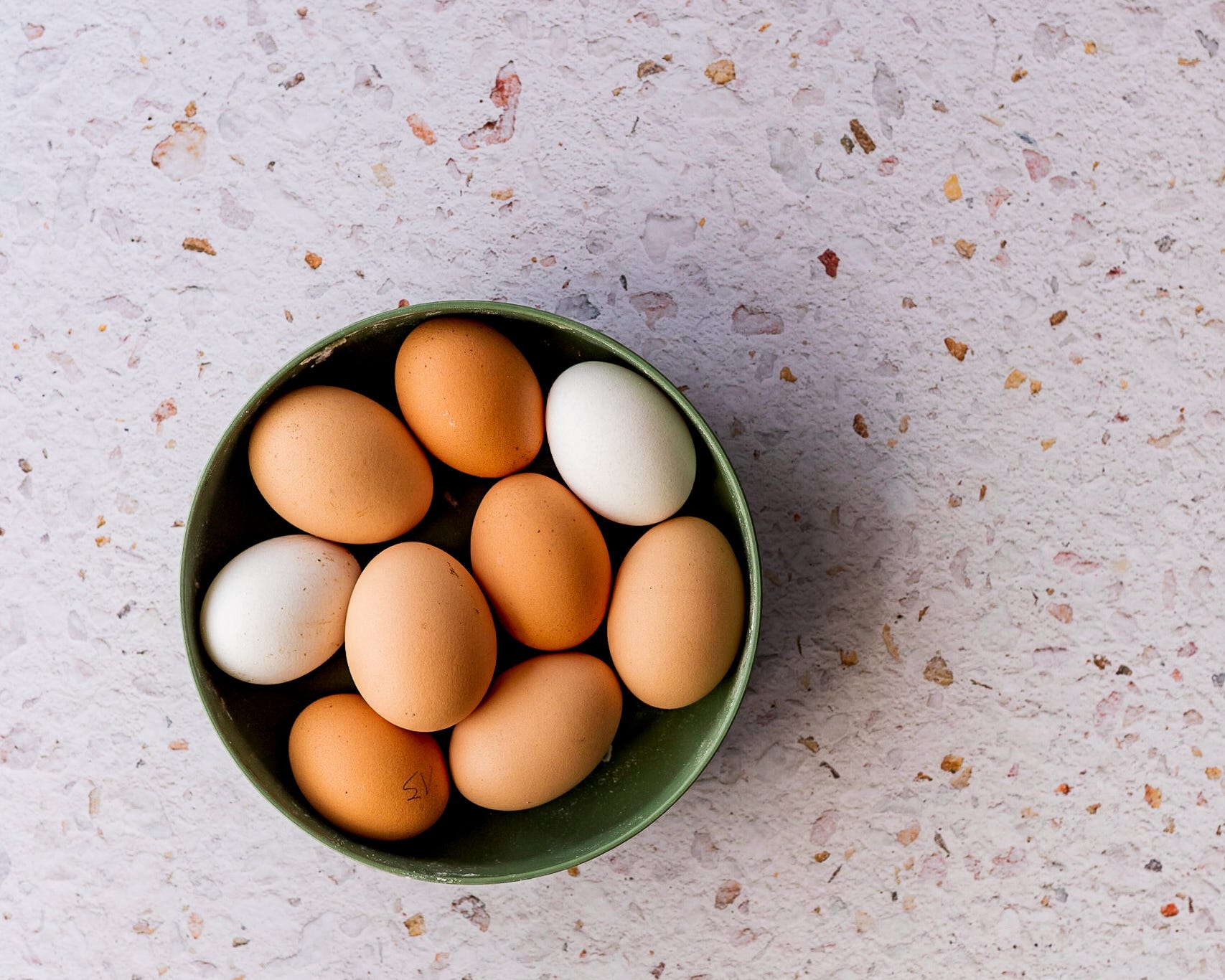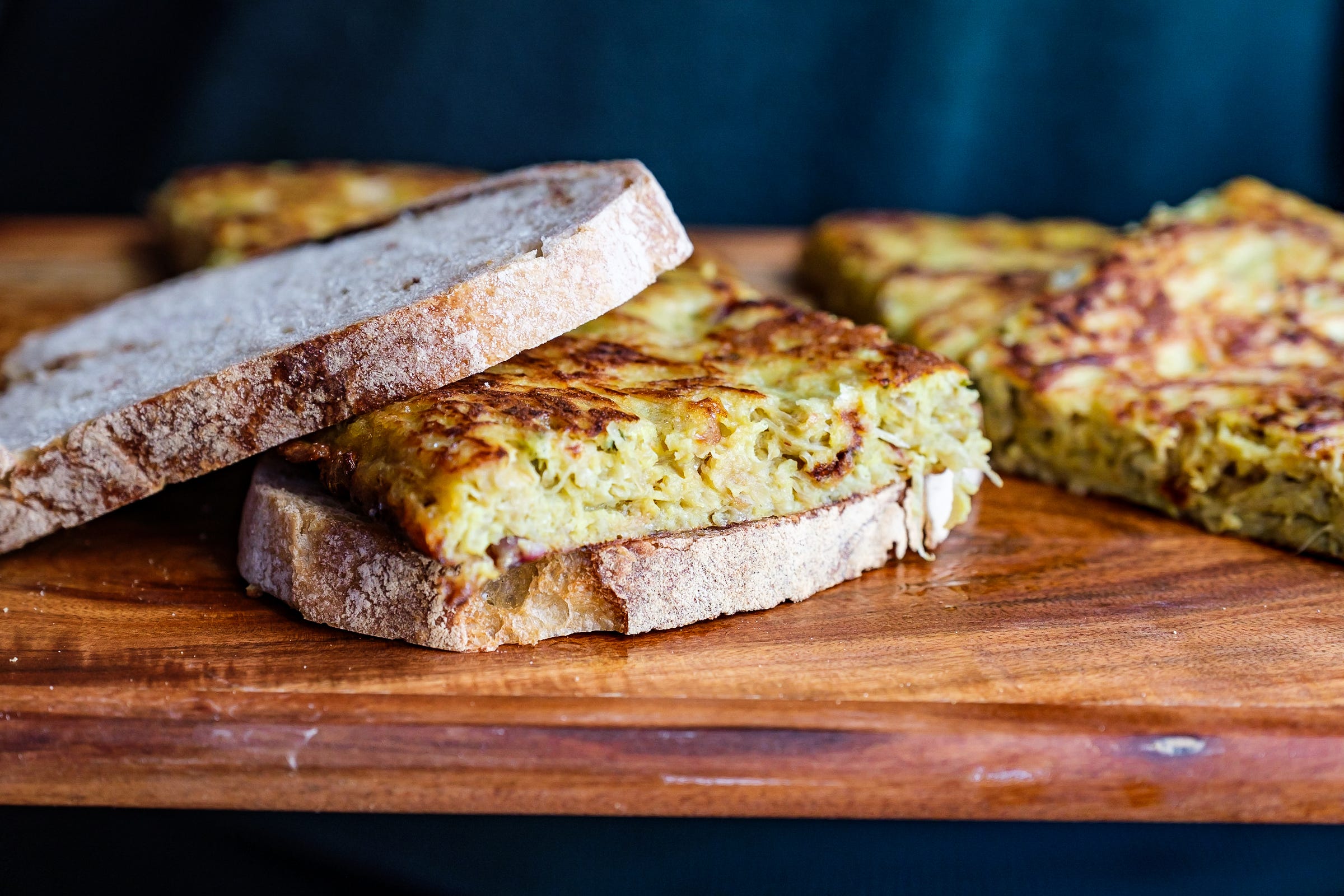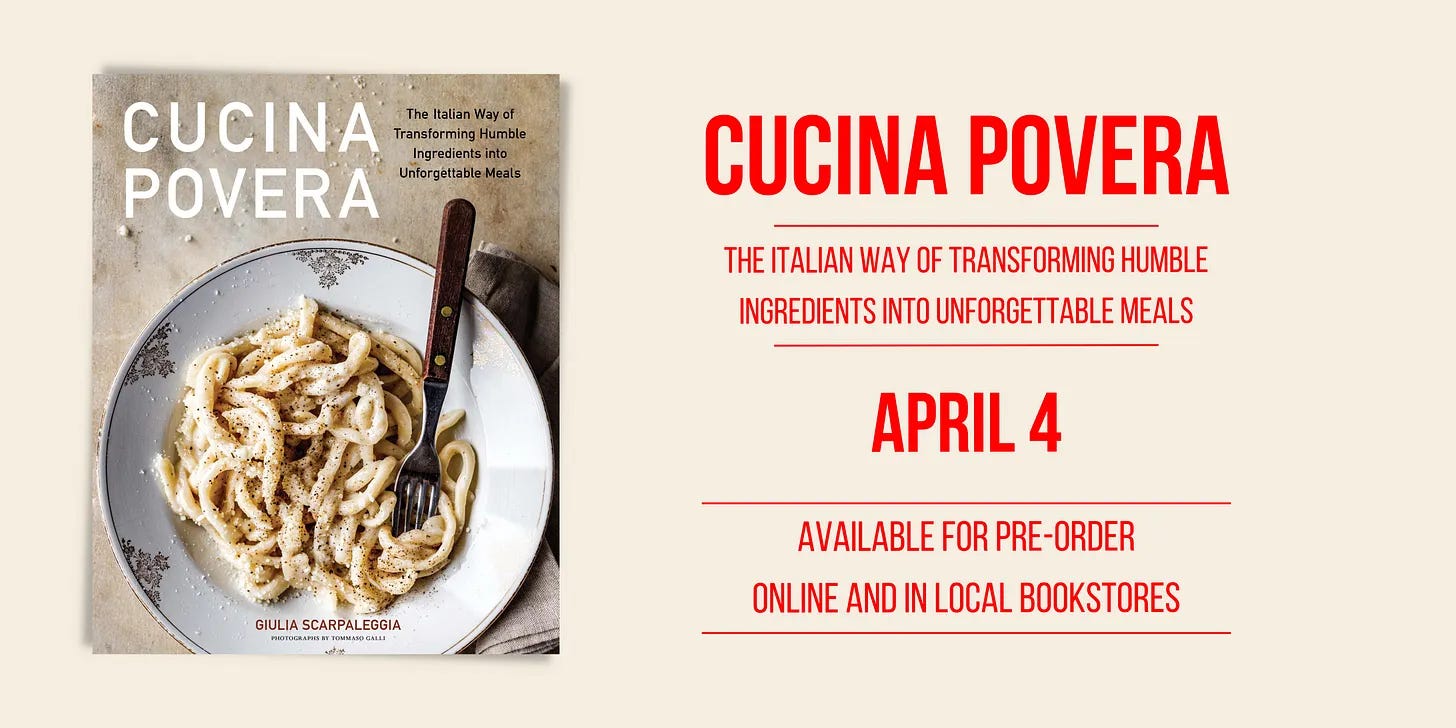This newsletter is a reader-supported publication. If you enjoy what I write and want access to exclusive weekly recipes, please consider becoming a paid subscriber.
Who writes about frittata? Is this a too trivial theme for a blog post, a newsletter, or an article on a food magazine? Why food writing should revolve only about grand ingredients, super star chefs, and extraordinary meals? For the most part, what we eat daily is made of ordinary food. And, honestly, who has the time and energy to go over the top at every meal? When ordinary food is lovingly executed, it is never boring, as it brings joy and nourishment.
Frittata is a plain, simple dish that solves many a dinner in an ordinary household, requires basic pantry ingredients, and is a little miracle on its own.
I love how the Oxford Companion to Italian Food presents frittata, like the French omelette, but without the mystique. Isn’t this a common characteristic of Italian food?
Frittata is the Italian version of an omelette, without the mystique. The base is egg together with a pre-cooked vegetables, asparagus, zucchini, mushrooms-the possibilities are enormous.
Elizabeth David, on the contrary, in her Italian Food, is not very gentle with us, saying that Italian cooks make mistakes when cooking omelettes, such as insisting upon cooking them in olive oil (there she is, talking about me!) and using too much filling (me again).
It must be admitted that very few Italian cooks have the right touch with egg dishes. They are particularly stubborn with regard to the cooking of omelettes, insist upon frying them in oil, and use far too much of the filling, whether it is ham, cheese, onion, tomatoes, or spinach, in proportion to the number of eggs, and in consequence produce a leathery egg pudding rather than an omelette.
Frittata is not a badly executed French omelette, it is another dish altogether, a resource of peasant households, a way to combine eggs and vegetables into a filling dish, a delicious, seasonal meal on its own.
I am particularly fond of frittata for the sounds that surround its making.
The crack of a couple of eggs, the clattering of the fork in a ceramic dish, so common in my house, the sizzling of hot olive oil (and it gives away where I am located, as for me eggs call for olive oil, not butter) that receives the beaten eggs. Then, the rarefied silence that surrounds the puffed, golden frittata when you lay it onto your plate.
I am always second-guessing myself when I pen down such simple recipes here on the newsletter.
Yet, I guess many would benefit from learning a couple of simple tricks that make frittata accessible. Many of the people I meet during my cooking classes - Italian or foreign guests alike - are scared to flip a frittata, and revolve often into making an omelet - hence folding it into itself -, or scrambled eggs. I learnt the hard way how you can easily and safely flip it without scorching yourself or accidentally throwing your dinner in the sink. And I’m eager to share these tricks with those who want to read about simple food, as there’s nothing more grounding than talking about everyday, uncomplicated food.
So today we talk about frittata, and two ways of making them.
The way you make an omelet reveals your character - Anthony Bourdain
ONION FRITTATA
On the blog, I just re-shared on old 2009 recipe for onion frittata. You’ll find new photos, an edited recipe and headnotes. Now the humble onion frittata is properly glorified.
Hearty, filling, sweet and delicious, the Tuscan onion frittata doubles as a main course and as a filling for a panino when you are on the go. When you sandwich the onion frittata between two slices of bread and wrap it in foil, the bread soaks up all the flavors and becomes soft and moist. That’s why, for me, a frittata panino when you are on a trip is the best gourmet meal you can wish for.
The trick here is being patient in cooking down the onions, it makes a big difference if your aim is having soft, juicy ribbons of onions that melt into the frittata. Essential and intrinsically Southern Italian, a pinch of dried oregano and just of touch of dried chili pepper flakes.
ARTICHOKE FRITTATA
The artichokes themselves would be worth an article on a food magazine: they are crunchy and hard to resist. I kept nibbling on them before making the frittata. But then, when they met the custardy eggs, they turned into a Spring meal, and I was grateful I had managed to save enough of them.
You find the recipe in the new newsletter for paid subscribers, part of a serialized Tuscan cookbook that you will receive over the course of one year, a collection of tested classic Tuscan recipes to add to your cooking repertoire.
Learn more about the I Love Toscana project here and find all the recipes here. You can upgrade and get access to this, as well as all our monthly cook-along and live talks, on the link above.
And how do you like to make your frittata? Olive oil or butter? What do you add to the eggs?
Link Love
Speaking of frittata, you can find my recipe for spaghetti frittata from Cucina Povera on The Splendid Table.
Sunday Dinner with Giulia Scarpaleggia. Read about what I eat on a typical Sunday, something I’ve written for Graza.
Sfoglia chiacchiera con Giulia Scarpaleggia. A long, thorough, personal interview with
on her newsletter (in Italian).Listen to the latest episode of Sealed Letter, where I talk with Kay about the rich and delectable world of Tuscan cuisine, Cucina Povera, and much more.
Food & Wine selected Cucina Povera as one of the 19 Best New Spring Cookbooks of 2023.
Travel Around the World in Six Omelets. How to make an omelet — rolled, folded, stuffed, or souffléd — from cuisines around the globe.
BOOK EVENTS AND TALKS
Gather your friends and foodie enthusiasts and join us for an unforgettable culinary experience. Taste the flavours, learn the techniques, and discover the soul of Cucina Povera at our book talks & events.
Thursday, April 13th - Zoom Webinar with I am Books Boston. Join us in conversation about the use of humble ingredients, seasonal vegetables, and simple cooking techniques. Register here.
Sunday, April 16th - LIVE TALK open to everyone, a virtual book launch and party to celebrate Cucina Povera. Keep your eyes peeled for the link to join the event. If you already received Cucina Povera, cook or bake your favourite recipe and join the fun online.
Friday, April 21, 2023 - CUCINA POVERA: The Art of Making Do With What You’ve Got - Online event with MoFad New York and Kitchen Arts and Letters. A conversation with Regula Ysewijn. Purchase tickets here.
Sunday, April 23, 2023 – Italy Off the Beaten Path with Giulia Scarpaleggia, hosted by Milk Street Live Online Cooking School. Purchase tickets here. Use CUCINA to have a 15% discount.
Cooking Experience in Tuscany with us
Slow down and be ready to live a day as a local: hearty homemade food is included. Every meal will be an excuse to travel through Tuscany thanks to local recipes, memories and stories. Learn more about our cooking classes here.
Next available openings:
Wednesday, April 5th - Market to Table Cooking Class - 2 spots available
Thursday, April 13th - Tuscan Cooking Class - 6 spots available
Wednesday, April 26th - Market to Table Cooking Class - 2 spots available









Growing up we always had a frittata in our house. Peppers and eggs was a big favorite. My mom would also make one with zucchini & onions, or sauted spinach. These were often eaten on fridays
when meat was not allowed. Then, there was always sausage and eggs. Today, sausage and eggs is a dinner for me. I add parmesan cheese to the eggs. Delicious. I always fry my frittata in olive oil with a dab of butter.
I just remembered that my mom would use leftover meatballs too. She would cut them up and add
eggs and voila - a frittata. Very little was wasted. Hooray for the mighty, little, egg.
Frittata recipes are always welcome as are frittatas themselves at my table in my house in my neighborhood in my city in my state in my country . . . .